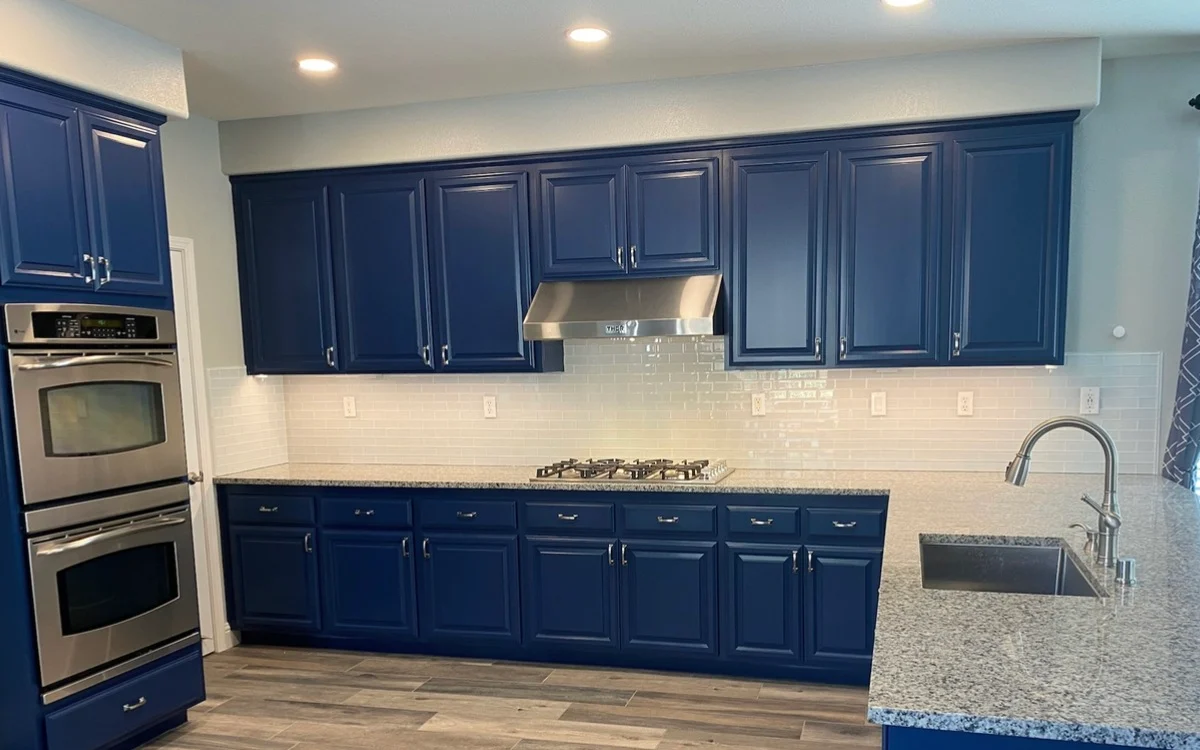revitalize your cabinets
new life for cabinets
A Luxurious Look Without a Huge Investment.
superior interior painting
The smarter way to paint
Elevate Your Home’s Inner Glow!
house painting experts that deliver peace of mind
Class up your curb appeal
Quality workmanship in every detail!
transform your garage floors
Beautiful
Epoxy
Floors
Durable. Seamless. Easy to maintain.
FROM OUR CUSTOMERS
TRUSTED HOUSE PAINTERS IN ROSEVILLE CA
Interior and exterior painting done right ⎯ by licensed local professionals who respect your home and your time.
Family-owned • Established 2009 • Fully licensed & insured
Why Roseville Homeowners Choose TRICO PAINTING
Locally owned & operated in Roseville, CA
Premium materials selected for local conditions for long-lasting results
Clean, detailed crews that protect your home
Clear communication from estimate to completion
If you’re looking for trusted house painters in Roseville, CA, you’re in the right place. TRICO PAINTING is proud to be the go-to choice for homeowners who expect quality and professionalism.




WE AIM TO BE THE GOLD STANDARD
A New Gold Standard in Home Painting in Roseville & Sacramento
Are you looking for experienced house painters to take care of your home’s interior and exterior painting needs? Look no further than TRICO PAINTING! We have been providing superior-quality painting services to homeowners since 2009.

Timely, Professional, Clean & Detailed Crew

Licensed & Insured Contractors

Minimal Disruption To Your Family Life

Family-Run Business
BRIGHTEN UP YOUR HOME IN 3 EASY STEPS

Contact us by calling or
filling out the form.

Book your free no-obligation
on-site consultation.

Schedule a start time that’ s
convenient for you.


EXPERIENCE
THE TRICO DIFFERENCE
Are you looking for experienced house painters to take care of your home’s interior and exterior painting needs? Look no further than TRICO PAINTING! We have been providing superior-quality painting services to homeowners since 2009.
- Preparation is paramount.
- Our customers deserve the highest quality paintwork.
- Premium paints are the only way to provide first-class results.
- Clean workspaces contribute to pristine results.
- There should be no surprises — we keep you informed.
- Projects should be completed on-time.
- We promptly respond to customer requests.
- Your satisfaction is important to us.
IDEAS & INSPIRATION FOR YOUR SPACE
Our surroundings can move us forward. Explore design inspiration and ideas for
revitalizing your home in our latest articles.

Epoxy + Polyaspartic Garage Floor Coatings in Roseville, CA
Epoxy and polyaspartic garage floor coatings Roseville CA are one of the most durable and long-lasting options for protecting and upgrading garage floors in Northern California. Every long-lasting garage floor coating starts with proper surface preparation. The Professional Hybrid System Built for Northern California Homes Epoxy and polyaspartic garage floor coatings in Roseville, CA are
How to Make Builder-Grade Cabinets Look Custom (Without Replacing Them)
Your kitchen feels dated. The cabinets scream “builder-grade,” and every time you walk in, you
Paint Drying Time Between Coats: A Simple Timing Guide for Better Results
You just finished rolling on your first coat of paint. The walls look good. You’re
Epoxy + Polyaspartic Garage Floor Coatings in Roseville, CA
Epoxy and polyaspartic garage floor coatings Roseville CA are one of the most durable and…
How to Make Builder-Grade Cabinets Look Custom (Without Replacing Them)
Your kitchen feels dated. The cabinets scream “builder-grade,” and every time you walk in, you…
Paint Drying Time Between Coats: A Simple Timing Guide for Better Results
You just finished rolling on your first coat of paint. The walls look good. You’re…





WE PROUDLY SERVE THE FOLLOWING AREAS
- Roseville
- Rocklin
- Lincoln
- Loomis
- Penryn
- Newcastle
- Granite Bay
- Folsom
- El Dorado Hills


